Edible weeds, New Zealand Yams, Silverbeet and Roasted Beetroot Hummus
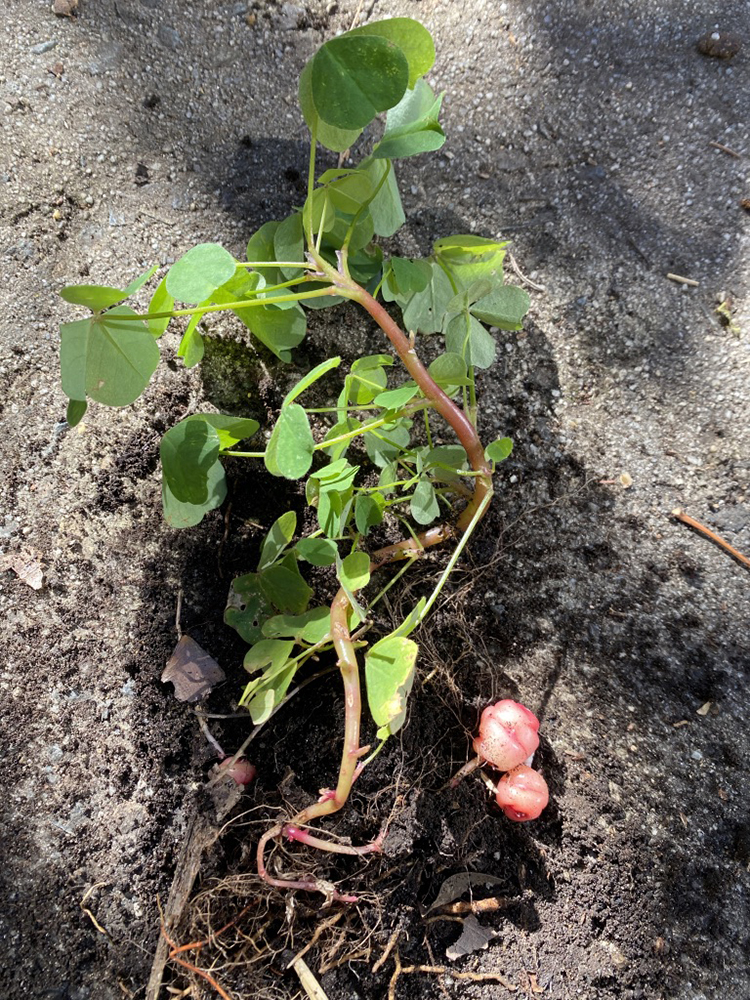
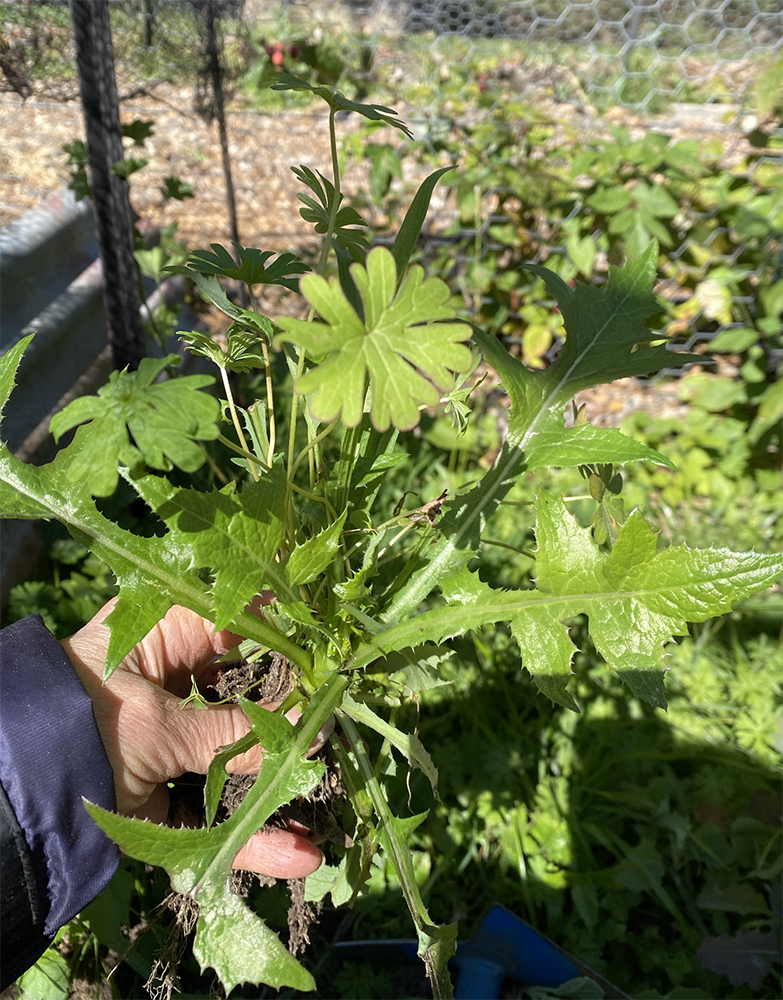
Left alone to do its thing, nature creates the most extraordinarily biodiverse ecosystems. One of the world’s most respected biologists, E O Wilson, said that we needed to set aside half the world for nature so that it could support and regenerate enough biodiversity to support all life on earth.
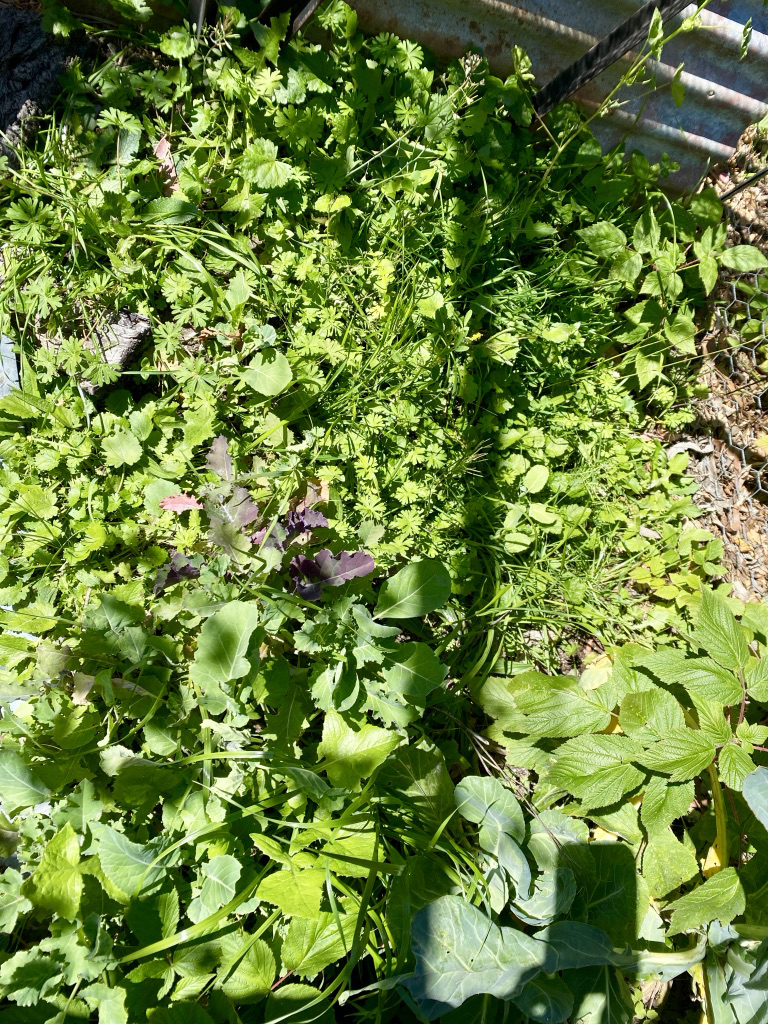
Check out just what nature is capable of in this tiny patch. It’s part of what was a small neglected garden bed at Blackheath Community Farm (before last Sunday!).

24 weeds taken from less than half a square metre
In less than half a square metre, 24 different weeds grew around the brassicas that were originally planted there. And they’ve all thrived. No gardening guide would ever recommend cramming plants together so tightly in one bed, but nature demonstrates otherwise. There’s always room for one more plant!
And weeds, of course, are just plants in places where we don’t want them.
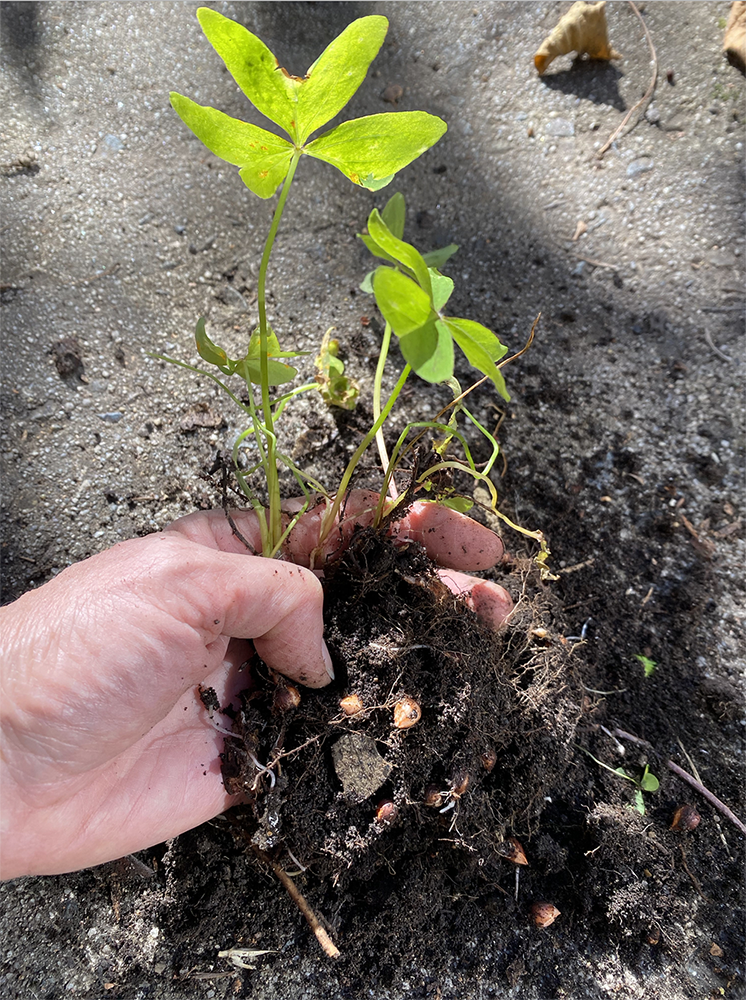
Oxalis
The most problematic weed in my home garden is oxalis. It multiplies and spreads rapidly, and it’s almost impossible to dig up every bulb when you’re trying to reduce its numbers. Interestingly though, it does enrich the soil with phosphorus, and all parts of it are edible (it’s from the wood-sorrel family). Unfortunately you shouldn’t eat too much of it because of its high oxalic acid content which can cause kidney stones.

Oca or New Zealand yam … the tubers grow about 4 times bigger than this
New Zealand yams, or oca, grow really well in Blackheath too and are another type of oxalis or wood sorrel. They form delicious little tubers which can be eaten raw, made into pickles, or cooked just like potatoes. Mexicans love them raw with salt, lemon and hot pepper. Their leaves make a lovely tart salad ingredient or garnish for a meal.
Again, enjoy but don’t overeat them.

Oxalis on the left, oca on the right
Silverbeet and beetroot greens also contain moderate levels of oxalates but these leach out into water when cooked.
We have so many self-seeded silverbeet now that we’re able to transplant them into other beds. One of the problems with weeds is they can be so vigorous that they don’t allow the seeds you want to grow to germinate. On Sunday we weeded around our silverbeets to allow more of the seedbank around them to germinate … we know there’s lots in there!
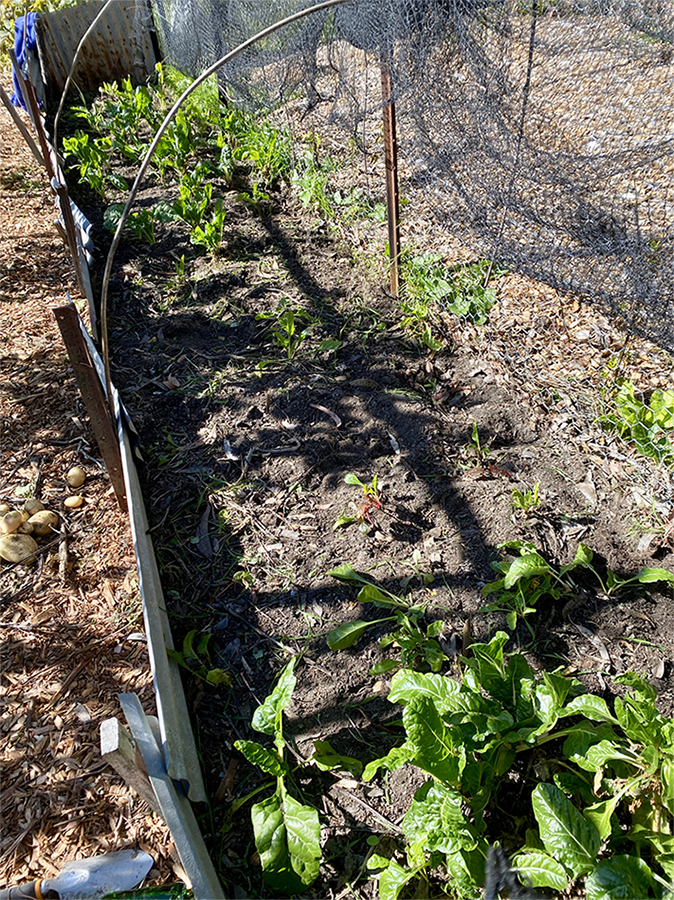
Our self-seeding silverbeet patch … very locally acclimatized!
You can still plant out seeds for silverbeet now, despite the cold, and I’m keeping my fingers crossed that these little beetroot seedlings will be advanced enough to develop before winter sets in.

Beetroot emerging
If I could choose only one of all of the above plants it would have to be beetroot! You can eat the leaves in the same way as silverbeet or spinach, but you also have the fabulous root as well and I can’t get enough of roasted beetroot hummus!
I’ve planted Bulls Blood at home and Early Wonder at the Farm so that we can save seed for both without them cross-pollinating.

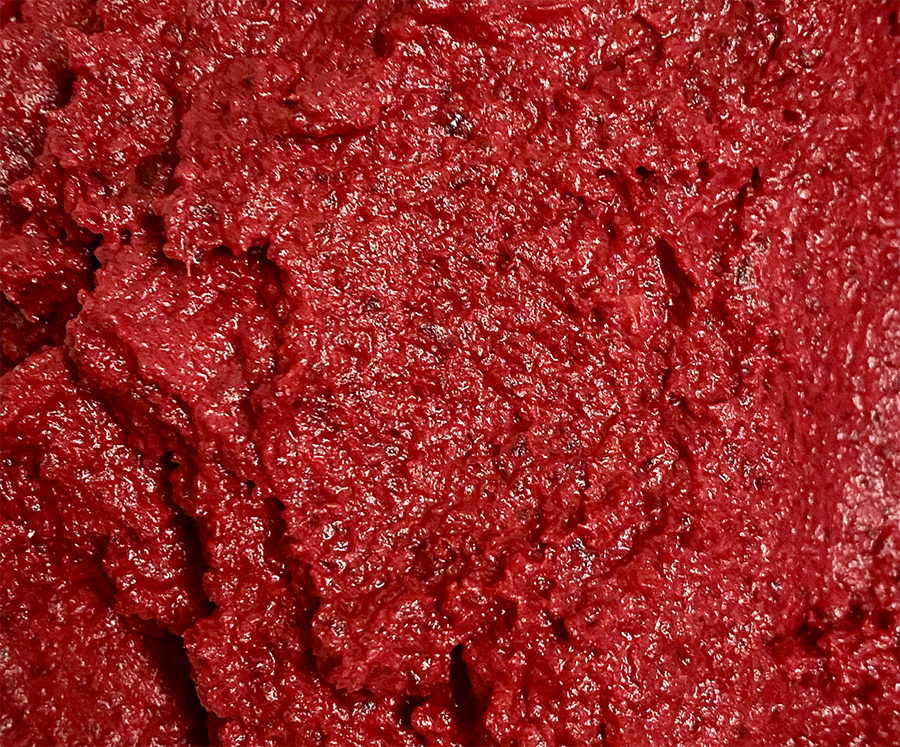
Roasted Beetroot Hummus
ROASTED BEETROOT HUMMUS
INGREDIENTS
- 2 medium sized beetroots skin on
- 1 can chickpeas (400 grams /14 ounces) drained and rinsed
- 2 1/2 tablespoons tahini
- 2 cloves garlic
- 1 tablespoon lemon juice
- 1/2 teaspoon salt
- 1/4 teaspoon cumin
- water to thin
INSTRUCTIONS
- Preheat the oven to 200 degrees C (400 degrees F).
- Wrap each beetroot in aluminum foil and roast them for 1 to 2 hours (it depends on the size of your beets) or until soft and tender.
- Once the beetroots are roasted, remove them from the oven and let them cool.
- Peel the skin and chop them into chunks.
- Place the beetroots, chickpeas and garlic into a food processor and blend for 1 minute.
- Add tahini, lemon juice, salt, cumin, 1 teaspoon of water and blend until the hummus becomes smooth and creamy.
- If it’s too thick add more water until the consistency is perfect.
- Taste and adjust the seasonings, adding more salt or lemon if needed
- Refrigerate or use immediately. Roasted beetroot hummus will last in the fridge for approximately 1 week.